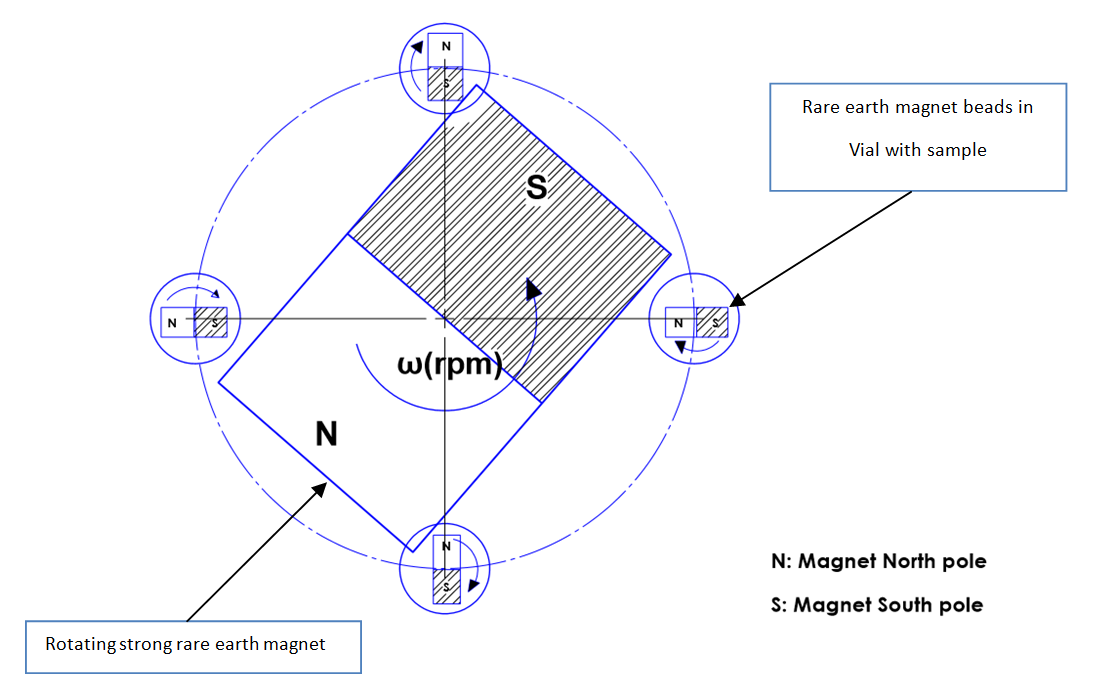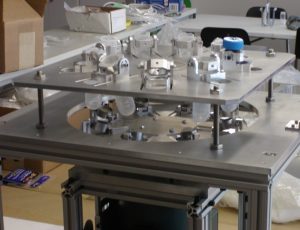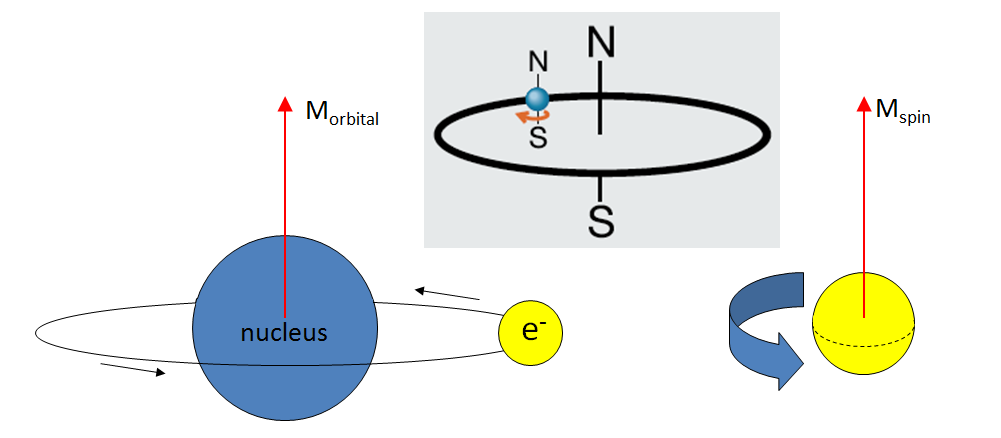
Using rare earth magnets in medical devices
Since first discovery of magnetism and magnets in ancient Greece and China, this phenomena has found its place in a wide variety of applications. Uses range from early use as a compass helping navigate uncharted and unknown waters, to modern medicine in early cancer detection. This blog will describe a novel medical application and then provide an overview of magnetism and rare earth magnets.
Using Rare-Earth Magnetism to prepare tissue sample cultures
In conventional culture preparation, a tissue piece is disrupted by blending, mixing, emulsifying, dispersing, or stirring the tissue sample to achieve a consistent composition and structure throughout designated area.
The current processes or methods of homogenizing can be broken down into three (3) major categories, ultrasonic, pressure, and mechanical. Mechanical mostly uses high speed rotating blades
We developed and built a prototype for homogenizing tissue samples (IE liver or brain) using rare earth magnets. Our prototype was achieved homogenization of tissue samples with coated rare earth magnetic beads, set to chaotic motion by fluctuated the magnetic field created by permanent magnets attached to a rotating disc.

With this application we eliminated any possibility of crosscontamination, while significantly increasing the sample amount that could be homogenized at a same time (up to 20X).


What is magnetism?
Wikipedia defines Magnetism as “a class of physical phenomena that are mediated by magnetic fields. Electric currents and the magnetic moments of elementary particles give rise to a magnetic field, which acts on other currents and magnetic moments.”
Charges in motion (as in a current) produce magnetic fields. This is one source of magnetism.
Another source is the electron itself. Electrons behave as if they were tiny magnets. Every electron in an atom behaves as a magnet in two ways, each having two magnetic dipole moments:
- Spin magnetic dipole moment – due to the “rotation” of an electron.
- Orbital magnetic dipole moment – due to the “revolution” of an electron about the nucleus.

Materials may be classified by their response to externally applied magnetic fields as diamagnetic, paramagnetic, or ferromagnetic.
Diamagnetism is the tendency of a material to oppose an applied magnetic field, and therefore, to be repelled by a magnetic field (silver, lead, copper, water, diamond…).
Paramagnetism is a form of magnetism where paramagnetic material is only attracted when in the presence of an externally applied magnetic field (Aluminum, Platinum, Magnesium, Tungsten…).
Ferromagnetism is characterized by a possible permanent magnetization, removed from external magnetic field they stay magnetized (iron, nickel, cobalt…).
Rare-Earth Magnets
The rare earth elements (REE) are a group of 17 (metallic) elements which appear in the periodic table.
Rare earth elements have a partially occupied f electron shell (which can accommodate up to 14 electrons). The spin of these electrons can be aligned, resulting in very strong magnetic fields, and therefore, these elements are used in compact high-strength magnets.
The rare earth elements are metals that are ferromagnetic, meaning that like iron they can be magnetized, but their Curie temperatures (Tc), the temperature at which the material loses its magnetism, are below room temperature. However, they form compounds with metals such as iron, nickel, and cobalt, and some of these have a Tc well above room temperature.
The grade, or “N rating”, of the magnet refers to the Maximum Energy Product of the material that the magnet is made from. It refers to the maximum strength to which the material can be magnetized. The grade of neodymium magnets is generally measured in units millions of Gauss Oersted (MGOe). Generally speaking, the higher the grade, the stronger the magnet. The highest “N rating” is N52.
Rade Gadzic is a senior mechanical engineer at StarFish Medical. This is his first blog. His patents include a Magnetic Homogenizer Apparatus.
Device Images: Certo Labs Inc.
